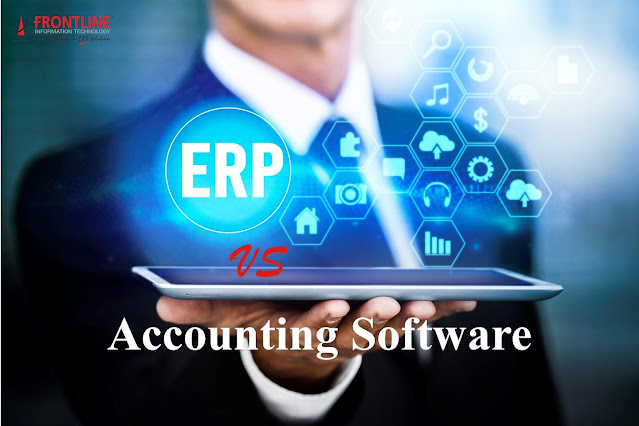Benefits of CAFM and ERP Integration
There are many software
solutions available today to help companies achieve greater efficiency. Two
systems stand out in particular, especially in the manufacturing world: CAFM
and ERP.
Enterprise Resource
Planning (ERP) systems have become a necessity for any modern business. This
software is customizable to the business’ needs. With an ERP system, you
can integrate all the core processes in your business including warehouse
management, product planning and control. You can also integrate your main administration
functions including human resource management and accounting.
An ERP helps companies:
·
Save
money
·
Enhance
productivity
·
Improve
collaboration
·
Improve
consistency and accuracy
·
Improve
customer satisfaction
Computer Aided Facility Management
systems (CAFM) are also becoming increasingly popular in the service. These
enterprise asset management solutions help companies to manage and control
equipment alongside plant maintenance. Failure to maintain or update your
equipment can lead to data loss, broken parts, incompatibility and other
breakdowns. This can result in downtime that will cost your company a lot of
money in losses. A CAFM helps you achieve this in the following ways:
·
Scheduling
regular maintenance
·
Managing
and prioritizing work tickets
·
Tracking
inventory
·
Analyzing
data and data trends
A CAFM will increase
your company’s productivity, reduce downtime and prolong your equipment’s life.
Benefits of integration
CAFM integration into
your ERP system will allow you to unify the maintenance operations of your
company with other major processes in your business. This integration allows
you to seamlessly tie your inventory, purchasing, accounting and other data
from your ERP system directly with your maintenance operations. This improves
your overall asset management efforts.
The key benefits of CAFM
integration into your ERP include:
·
The
achievement of the best process automation
·
The
combination of the simplicity provided by your CAFM with the data resources
provided by your ERP.
·
Increased
accessibility to data
·
The
elimination of redundant data
·
Reduced
costs in operation
·
Improved
responsiveness both externally and internally
Running Smooth Maintenance Operations
Effective CAFM
integration will make a big difference to any company. It will drive quality in
service and ensure regulatory compliance. It will also help to control the
costs of operation.
In order to ensure that
integration is done effectively, the following guidelines should be considered.
1. Consider all the points
of integration
Which parts of the ERP
will you integrate with the CAFM? For example, will you share a completed
purchase order or synchronize the part quantities? Sharing an entire purchase
order may be difficult on some systems. Synchronize the parts on the CAFM with
the purchase order on the ERP.
2. Get expert help
CAFM integration may
require some configuration support for your ERP system. You will need to
consider whether you have the internal expertise to make the interface work or
if you will need to turn to a consultant for support.
3. Take it one step at a
time
Rushing into integration
can be disastrous. It is best to take your time to understand your CAFM while
you finalize your plans for integration. While this may take some weeks or
months, it is a safer route to take. Designing the integration based on product
experience will result in a less expensive attempt than diving right into the
interface design.
4. Assess your needs
Many CAFM vendors
provide capabilities for interface integration. However, it is important to
ensure that these can be configured to meet your organizations specific
requirements and needs.
Conclusion
CAFM integration will
allow you to get the best of both worlds and get the most out of your ERP
system. Ensure that you define your business goals and properly identify points
of integration.




Comments
Post a Comment